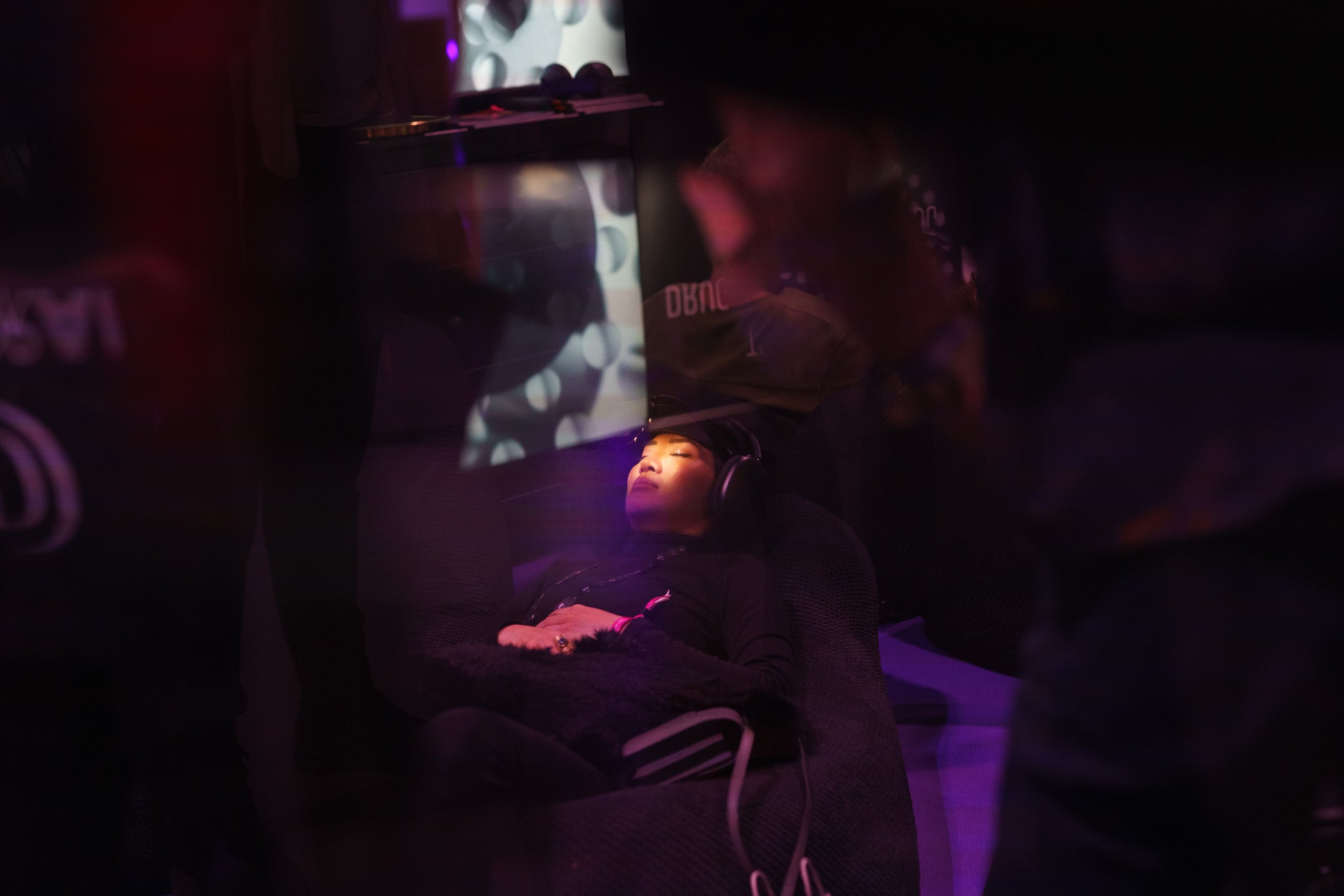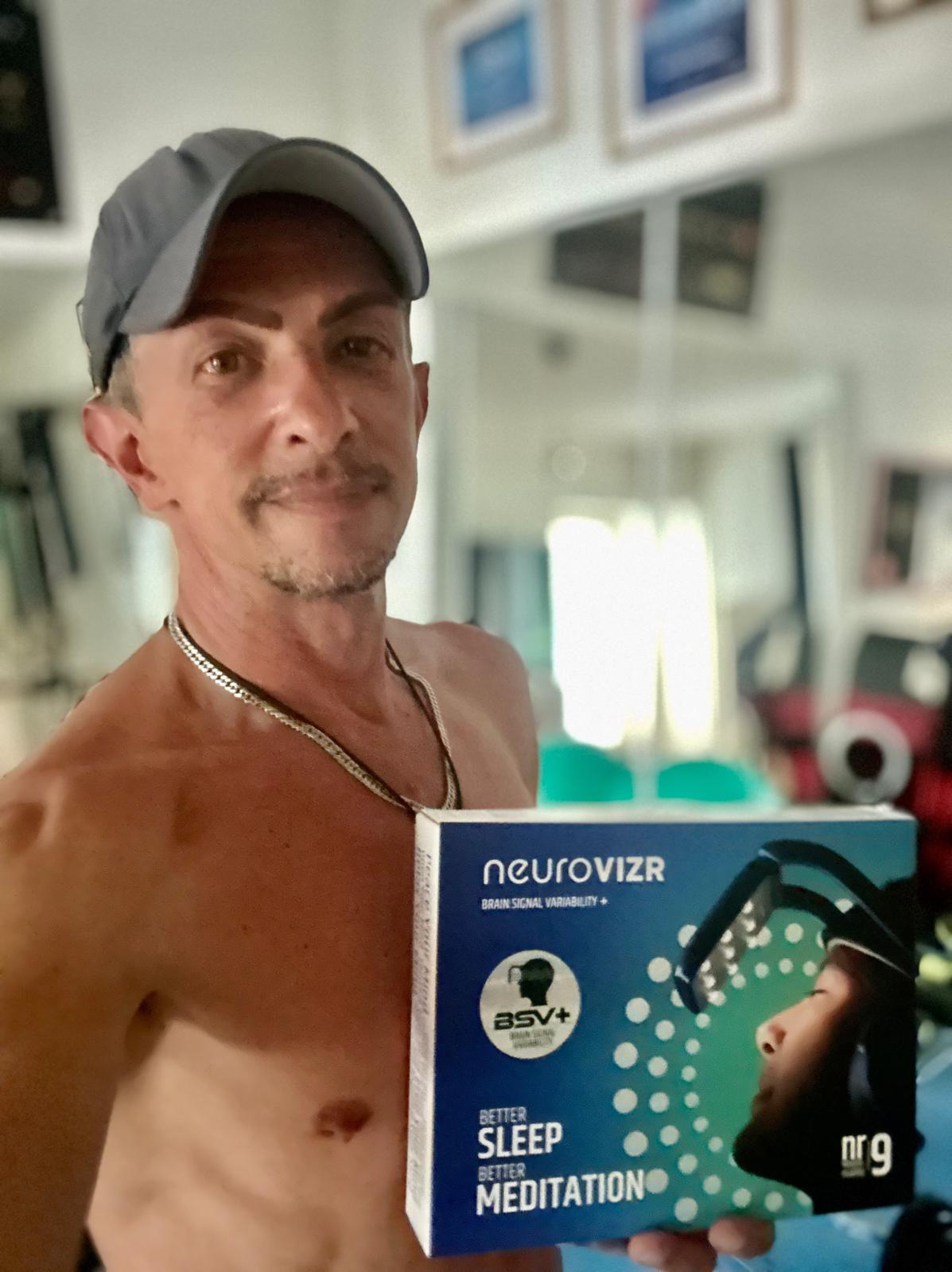We often use the words loneliness and aloneness interchangeably, but they're not the same. One drains your energy; the other can become your superpower.
Understanding the difference isn’t just semantics—it’s a shift in mindset that can dramatically change how you relate to yourself and the world.
Loneliness: The Weight of Disconnection
Loneliness is the ache of feeling emotionally disconnected—even when you're surrounded by people. It’s a signal from your emotional system saying, “I need connection, but I can’t find it.”
It often shows up as:
-
Emptiness even during social interactions
-
Craving validation or companionship
-
Restlessness, anxiety, or sadness
-
Escaping into distractions (doom-scrolling, binge-watching, overworking)
Why does it hurt so much?
Because we’re wired for connection. When emotional or social bonds are lacking—or feel meaningless—our brain interprets it as a threat. In fact, chronic loneliness can increase stress hormones, weaken immunity, and even raise the risk of depression and heart disease.
Aloneness: The Power of Being With Yourself
Aloneness, by contrast, is simply the state of being by yourself. And surprisingly, it can be peaceful, powerful, even joyful when it's embraced intentionally.
It looks like:
-
Choosing solitude to recharge
-
Journaling, meditating, or walking alone without feeling “lonely”
-
Feeling full in your own company
-
Exploring creativity or introspection
-
In aloneness, you're not running from the world—you’re returning to yourself.
How Can Two Similar States Feel So Different?
The difference lies in choice, mindset, and self-relationship.
| Aspect | Loneliness | Aloneness |
|---|---|---|
| Emotion | Painful and unwanted | Peaceful and often chosen |
| Root Cause | Emotional disconnection | Intentional solitude |
| Mental State | Anxiety, emptiness, craving | Calm, clarity, self-sufficiency |
| Outcome | Distress, compulsive behavior, low mood | Creativity, healing, personal growth |
| Common Behaviors | Scrolling, binge-watching, overthinking | Journaling, meditating, walking, reflecting |
Why We Struggle With Solitude
Modern society trains us to avoid being alone. Constant stimulation social media, streaming platforms, 24/7 connectivity teaches us that silence means something’s wrong.
But here’s the paradox: we need solitude to truly process our emotions and find peace. Without it, we’re left in a constant loop of external validation and internal emptiness.
The Role of the Brain in Shaping These States
Here’s something many people overlook: your brain state influences how you experience solitude.
When your brain is constantly in high-alert mode (beta waves), solitude can feel unbearable. Racing thoughts, anxiety, and emotional disconnection cloud your perception.
But when your brain shifts into more relaxed, harmonious rhythms like alpha, theta, and gamma waves your inner world softens. You start to:
-
Feel safer with yourself
-
Reflect more clearly
-
Process emotions with less overwhelm
-
Experience silence as soothing instead of scary
A Gentle Tool for This Inner Shift: neuroVIZR
This is where neuroVIZR comes in a revolutionary, non-invasive neurotechnology that helps train your brain toward these calming, creative states.
neuroVIZR uses light and sound-based stimulation and Brain stimulation headset to gently guide your brainwaves, supporting focus, deep rest, or meditative awareness depending on your chosen mode. It’s not a hack—it’s a modern wellness companion for cultivating inner alignment.
Many users have found neuroVIZR helpful when:
-
Navigating periods of emotional burnout or stress
-
Struggling to be alone without feeling lonely
-
Trying to deepen their meditation or mindfulness practice
-
Seeking clarity and creativity in solitude
In short: It helps you shift from noise to presence from panic to peace. Whether you're taking a 10-minute break or setting time aside for introspection, neuroVIZR can amplify the benefits of intentional aloneness.
Want to learn more? Explore how neuroVIZR the brain training app works here.
How to Transform Loneliness Into Aloneness
Even without technology, there are simple ways to reshape your relationship with solitude:
1. Practice Mindful Moments
Sit in silence for five minutes. Breathe. Listen. Write down what you’re feeling. You’ll start to see that being with yourself isn’t scary it’s revealing.
2. Journal the Discomfort
Ask yourself:
-
What am I actually feeling?
-
Is this a fear of being alone—or of what I’ll discover in silence?
-
Name the emotion, don’t numb it.
3. Turn Solitude Into Creativity
Paint. Write. Organize. Cook. When your hands move, your mind settles. Creativity turns emptiness into expression.
4. Spend Time in Nature
Nature offers the purest form of aloneness. It’s quiet, vast, and non-judgmental. It teaches us to simply be.
5. Strengthen Selective Social Ties
You don’t need more connections you need meaningful ones. Reach out to those who truly “get” you. A single deep relationship can outshine 100 shallow ones.
The Gift of Aloneness
The ability to be alone and feel whole is a form of emotional freedom. It means your peace doesn’t rely on someone else's presence or approval.
This is not about becoming anti-social. It’s about becoming pro-self—building an inner life so rich that external connection becomes a joy, not a need.
Final Thoughts: Alone ≠ Lonely
Aloneness is a skill. It takes practice, self-awareness, and unlearning. But once embraced, it becomes a source of strength—an emotional anchor in a chaotic world.
Next time you feel the sting of loneliness, pause. Ask: Am I truly lonely—or just afraid to be alone with myself?
You might just discover that your own company is more than enough.



















Share:
Difference Between Alone and Lonely: Why It Matters More Than Ever
INFJ Strengths and Weaknesses: The Empathic Visionary Explained